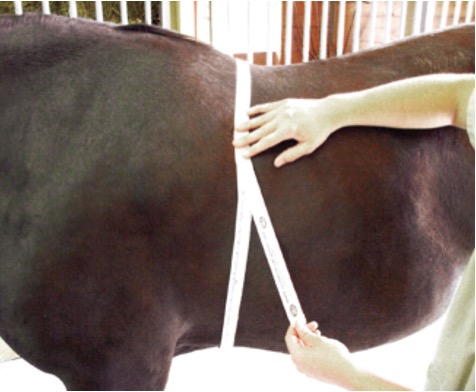Equine Intro and Terminology Flashcards
1/40
Earn XP
Description and Tags
Flashcards covering common terminology, physical examination, and normal values in horses.
Name | Mastery | Learn | Test | Matching | Spaced |
|---|
No study sessions yet.
41 Terms
Foal
Young horse prior to weaning
Weanling
Young horse, from weaning to first birthday
Yearling
One to one and a half years old
Colt
Intact male between 2 and 3 years old
Filly
Female between 2 and 3 years old
Stallion
Intact male older than 3 years
Mare
Female older than 3 years
Gelding
Castrated male of any age
Common leg markings
Coronet
Pastern
Sock
Stocking
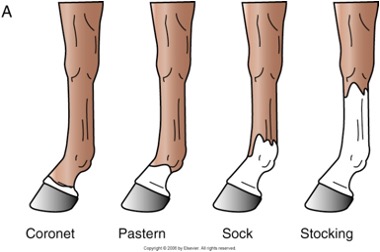
Common face markings
Star
Stripe/Strip
Snip
Blaze
Bald
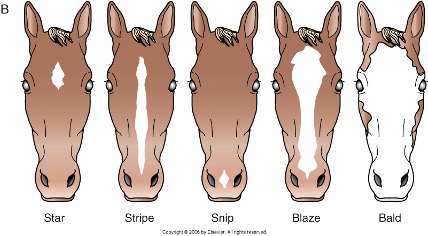
Common colors of horses
Bay
Sorrel/Chestnut
Black
Grey
Dun
Roan
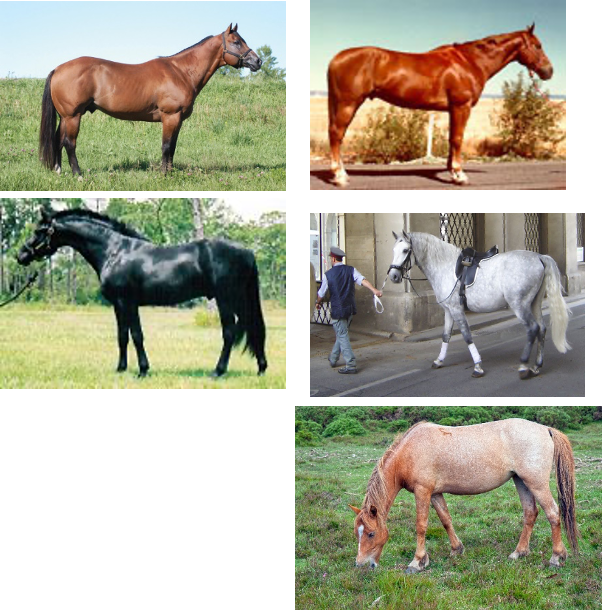
Whorls
Every horse has them in the flank and over the trachea, not helpful for ID
Equine Insurance
Mortality, Loss of use, Surgical insurance
Consent Forms
Owner must sign prior to treatment/surgery. Needed for Euthanasia Authorization.
In case of extreme circumstances where animal is suffering,
veterinarian has permission to euthanize in case the owner cannot be contacted by phone
Physical Examination Types
Baseline, Potential problems, Insurance examination, Pre-purchase examination (Used in the sale of horses; It is not a guarantee!)
Patient History Components
Vaccination history/deworming history, possible exposure to contagious diseases, clinical signs, medications given, feeding regimen, environmental stresses
Basic physical examination procedures
Visual observation, Respiration, Pulse, Heart/lung auscultation, Abdominal auscultation, Temperature, Mucous membrane evaluation, Hydration status, +/- height, weight measurement
Visual Observation
Gait
Posture
Hair coat
Normal respirations for adult horses
8-20 breaths/min
Landmarks for Lung Auscultation
Caudal to shoulder musculature; Ventral to epaxial muscles
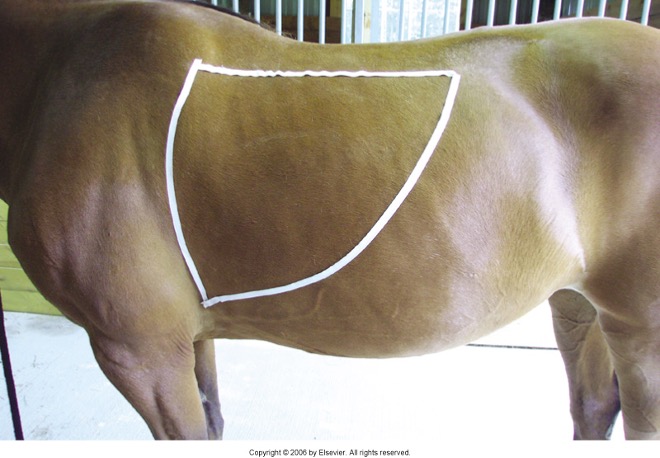
Pulse Locations
Facial artery, Transverse facial artery, Coccygeal artery, Digital artery (femoral artery in sheep and goats)
Normal pulse for adult horses
28-44 bpm
Normal pulse for foals
70-100 bpm
Heart Auscultation
Auscultate both sides of thorax
Rate and Rhythm
Regular/irregular
Best from left side
Heart sounds (S1 and S2) are very distinct sounds (don’t over count heart rate!)
Landmarks for Heart Auscultation
Caudal to triceps, Ventral to level of shoulder joint (heart base), Dorsal to level of elbow joint (heart apex)
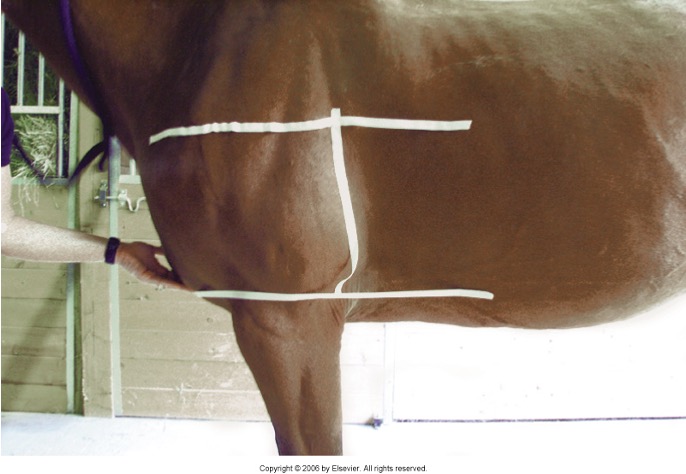
Large animal thermometer with string and alligator clip
Can lose thermometer in rectum
Can attach to the tail hairs or hair coat (never the skin)
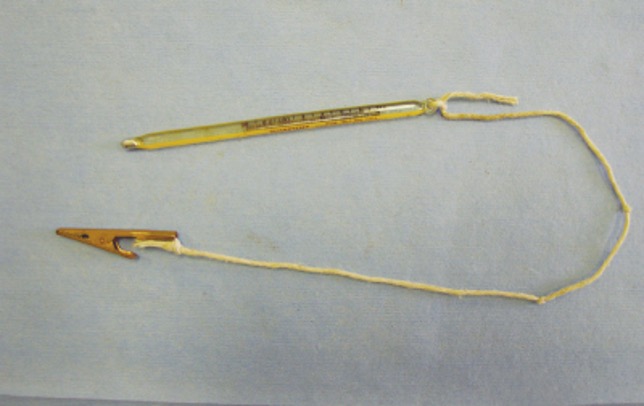
Normal Temperature for Adult Horses
99-101.5 degrees F
Normal Temperature for Foals
97-98 ⁰F immediately after birth
99-102 ⁰F first few days to weeks after birth
Food Intake for Adult Equine
1-2% body weight/day
1,000# horse eats about 10-20# of forage
Taking a Temperature
Stand at hip facing caudally
Grasp the base of the tail and move to the side-not up (sensitive area for most horses)
Insert the lubricated thermometer
Clip to tail hair
Wait at least 60 seconds for a mercury thermometer
Gently remove the thermometer and read
Water Intake for Adult Equine
5-10 gallons/day
Defecation Frequency for Adult Equine
10-15 times/day
Urination Frequency for Adult Equine
4-6 times/day
Abdominal Auscultation Scores
0 - Silent, no motility heard during 30 seconds.
1 - Less than normal motility.
2 - Normal motility.
3 - Hypermotile, more gut sounds than usual.
“Normal” motility in adult horses is 1-3 borborygmi/min
Normal mucous membrane
light to dark pink and moist
Abnormal mucous membrane
Blue (cyanosis) – extremely low oxygen levels in blood; multiple causes
Brick-red – endotoxic shock (often from gram negative)
Yellow (icteric) – liver issues
Pale (pink-white)- anemia or poor perfusion but in horses does not indicate disease (can be normal finding)
Splotched (petechiae) – hemorrhages, clotting disorder (also ecchymotic, purpuric size of hemorrhage dictates nomenclature
Moist/dry/tacky—not as useful as above
Capillary Refill Time
Gums should return to normal color in less than 2 seconds
Skin Turgor
Pinch the loose skin at the point of the shoulder
Skin should snap back to its original position in 1 second or less
In dehydrated animals if the response is greater than 1 second (>5% dehydration)
In severely dehydrated animals it may take 8 seconds or more
Height
Measured in hands, 1 hand = 4 inches
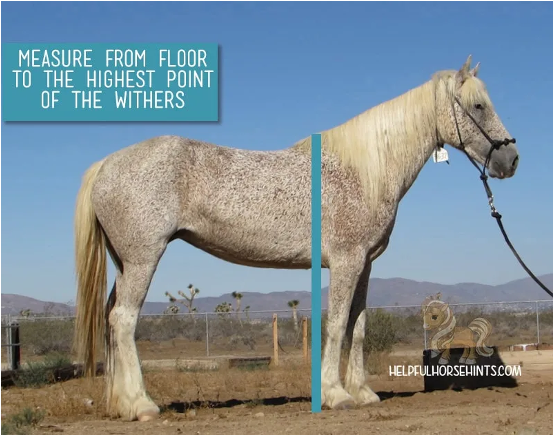
Weight
Weight is measured at girth area-just behind withers using a calibrated tape measure—species specific (cow vs horse)
Livestock scales are also becoming more common for both horses and cattle
